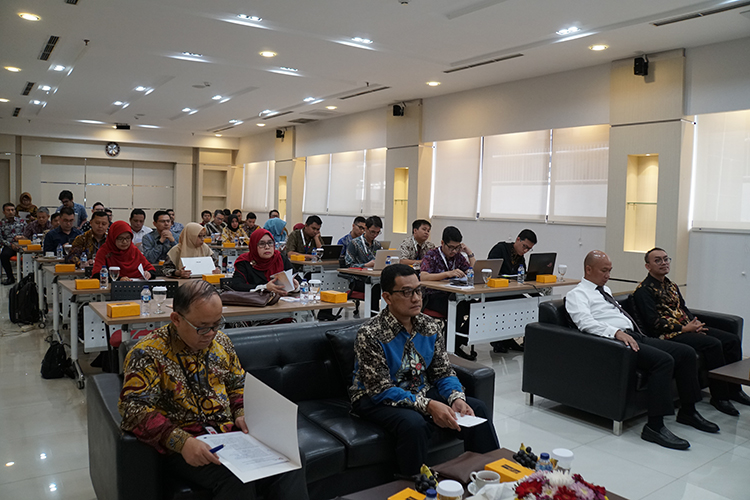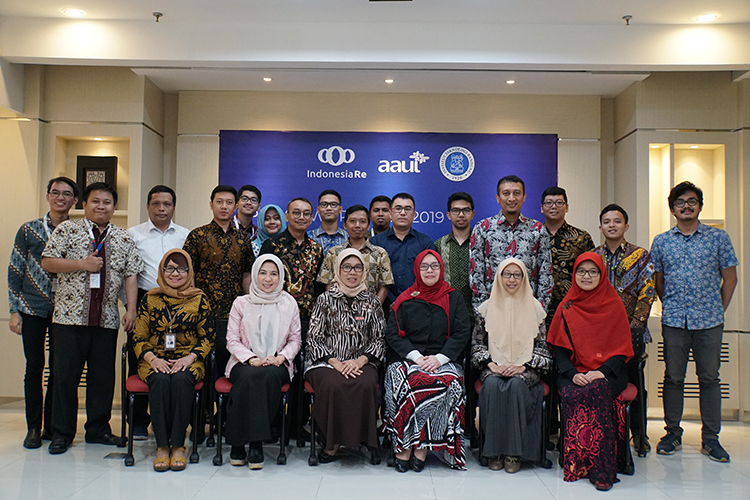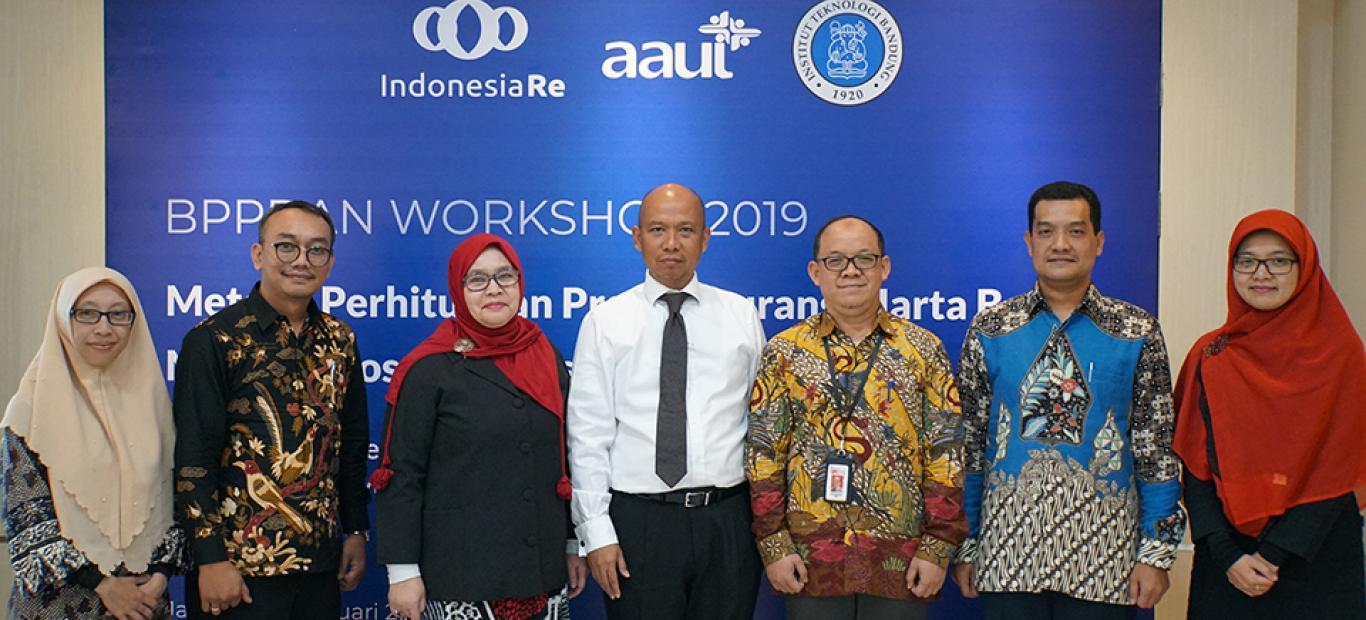BPPDAN collaborates with ITB to introduce Stochastic Poisson in determining insurance premium rates
.jpg)


Jakarta (ANTARA News) -- The National Insurance Statistics Data Center Management Agency (BPPDAN) together with the Bandung Institute of Technology (ITB) introduced the Stochastic Poisson method to determine insurance premium rates, replacing the deterministic method previously used for many years.
Head of BPPDAN Arie Surya Nugraha said that his party and ITB held a workshop involving the Indonesian General Insurance Association (AAUI), the Financial Services Authority (OJK), and several ceding companies to discuss various methods used to make rates. This workshop is planned to be conducted five times.
"BPPDAN supplied underwriting data for three years to ITB. Based on the data received, ITB innovated to make rates using the Poisson stochastic method," said Arie when met at the 2019 BPPDAN Workshop held at the BUMN reinsurance office, Indonesia Re, in Jakarta, Tuesday.
The application of Stochastic Poisson, continued Arie, is basically driven by the need for a more accurate premium rate determination "because it takes into account the timing of each event" and can be more adjusted to each insurance company and policyholder, and it is possible that rates may change over time .
"Each company certainly has a different growth trend and each policyholder also has a different life pattern. Therefore, the tariff method approach can only be accommodated by Stochastics, no longer based on assumptions as is the case with deterministic methods," he said.
The insurance industry basically recognizes two predictive methods for determining premium rates; stochastic and deterministic. In simple terms, in the stochastic concept the premium rate calculation accommodates uncertainty variables, one of which is the timing of the claim. In other words, modeling is intended to predict possible outcomes based on various situations and conditions, resulting in various estimates or even results.
Meanwhile, the deterministic concept, on the contrary, only produces one solution or answer, which is applied to all situations and conditions.
"Of course, the results will be more fair and realistic because over time, each insurance company will evaluate the performance and assumptions used," added the man who also serves as General Reinsurance CEM and Administration Division Head in Indonesia Re.
The Head of the Master of Mathematics Teaching and Masters Actuarial Study Program and the Chairperson of the Bandung Institute of Technology FMIPA Statistics Group, Sapto Wahyu Indratno, said that the rapid management and utilization of big data became the background for his party introducing the Poisson Statistical method to the national insurance and reinsurance industry.
"Based on the partnership between the two parties, we are aware of how much data both parties can manage to make the national insurance industry even better," said Sapto.
On the same occasion, Executive Director of the Indonesian General Insurance Association (AAUI) Dody AS Dalimunthe added, stochastic methods accommodate uncertainty and variability, not only looking at data or loss trends in the past few years.
"So it is not only like the straight-line method. This method is able to adjust for various changes so that it is expected that the premium rate will be more accurate," said Dody.
BPPDAN is an insurance data center management agency, especially assets that have a role to update and support insurance premium rates to be accurate in accordance with national standards. This was done in order to create more representative statistics for the interests of the national insurance industry and in welcoming the 2020 Asean Economic Community (AEC).
Since its establishment, BPPDAN has been managed by Indonesia Re with a mandatory number of sessions of 2.5 percent or a maximum of Rp. 500 million per risk.




 3169
3169













